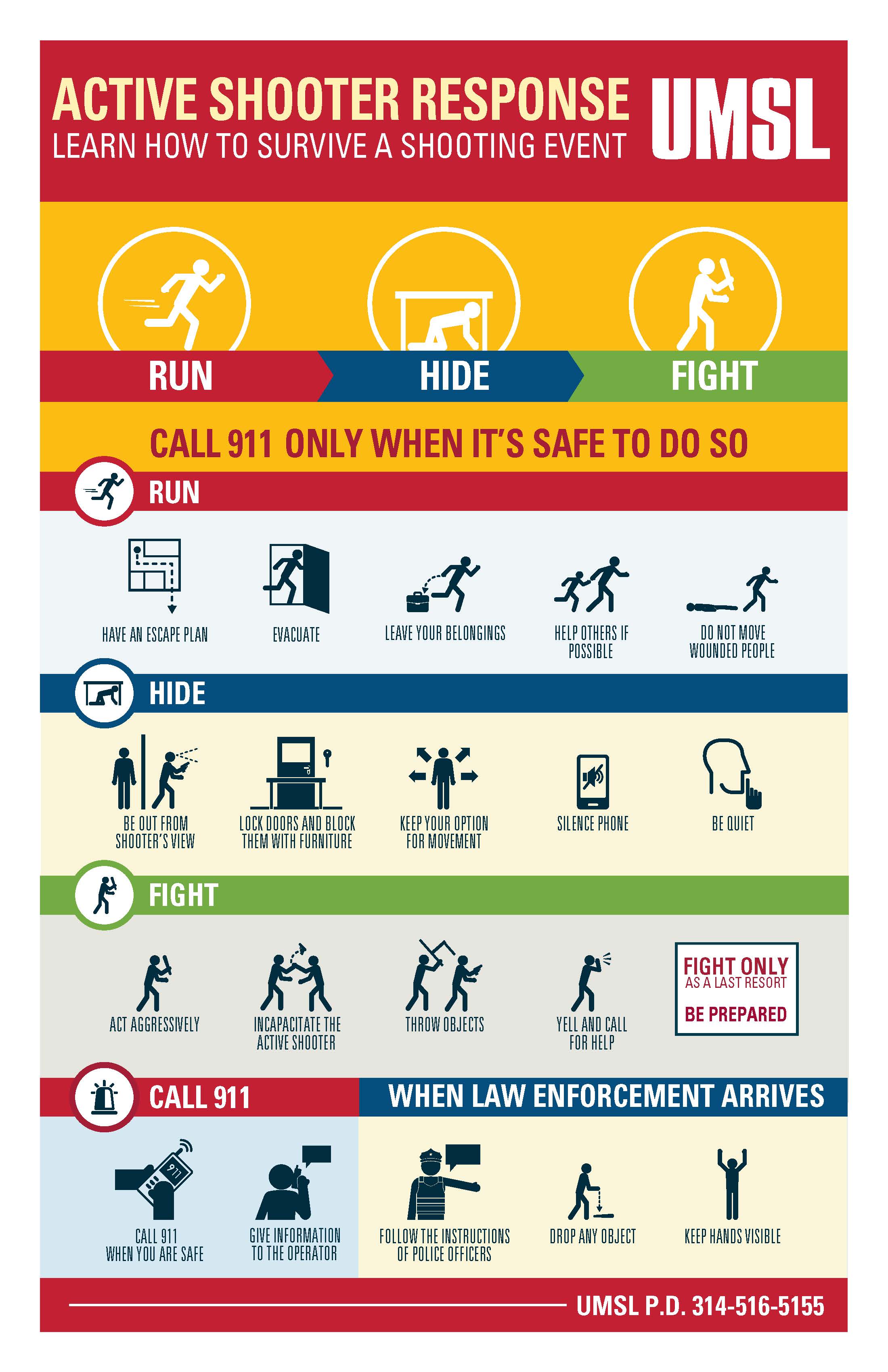The Essential Duty of Energetic Shooter Training in Enhancing Emergency Response Approaches in Numerous Atmospheres
Energetic shooter training has actually emerged as a fundamental element in refining emergency situation response techniques throughout varied setups, from educational organizations to company settings. The effectiveness of such training hinges on different aspects, including the certain context in which it is applied and the ongoing commitment to renovation.
Value of Energetic Shooter Training
In a period noted by increasing issues over public security, the value of energetic shooter training can not be overemphasized. As cases of weapon physical violence in public spaces continue to rise, organizations across various sectorsâEUR" universities, work environments, and public venuesâEUR" are acknowledging the requirement of preparing their employees and communities for such emergency situations. Active shooter training gears up individuals with vital skills and knowledge to respond successfully in lethal scenarios, possibly lessening casualties and saving lives.
The training not only focuses on prompt response activities, such as discharge and safeguarding in location, however also fosters a society of understanding and preparedness. By engaging in realistic simulations and conversations, individuals can determine potential susceptabilities within their atmosphere and establish techniques for mitigating risks. Such training boosts communication and control amongst group participants and first responders, making certain a more unified approach throughout dilemmas.

Key Parts of Effective Educating
Reliable energetic shooter training comprises a number of vital components that improve readiness and feedback capabilities. Realistic scenario-based simulations are important. These workouts submerse individuals in high-stress situations that imitate prospective energetic shooter occasions, allowing them to practice decision-making and physical reactions under pressure.
Furthermore, training should consist of a comprehensive understanding of interaction procedures. Individuals should be well-versed in how to relay vital info to police and fellow people during an occurrence. This consists of making use of emergency situation informs and recognizing the pecking order.
One more necessary element is the unification of psychological wellness recognition. Training must attend to the mental impact of active shooter scenarios, outfitting individuals with dealing methods and resources to support their psychological wellness post-incident.
Moreover, regular refresher training courses are crucial to make sure that skills remain sharp and expertise is updated. This continuous education enhances the significance of preparedness and fosters a society of safety and security within organizations.
Training for Various Atmospheres
Active shooter training have to be customized to the particular environments in which people operate, as each establishing presents special challenges and characteristics. For example, training in a corporate workplace will differ considerably from that in a school, purchasing mall, or healthcare center. Each environment necessitates a customized strategy that thinks about aspects such as layout, populace thickness, and offered retreat routes.
In schools, training programs ought to stress lockdown procedures, communication methods with police, and methods for protecting trainees. Alternatively, in business setups, training may concentrate on discharge strategies, acknowledging dubious behaviors, and using offered sources for self-defense or shelter-in-place situations.
In addition, public venues like malls or sporting occasions call for extensive crowd administration techniques, with an emphasis on quick reaction sychronisation amongst protection employees and neighborhood regulation enforcement.
In healthcare atmospheres, training needs to resolve details susceptabilities, such as the presence of patients who may require immediate support. By understanding the distinctive qualities of each atmosphere, organizations can develop reliable training components that boost readiness and enhance general security, making sure that individuals are geared up to respond appropriately in diverse dilemma circumstances.

Building a Culture of Recognition
Producing a culture of recognition is essential to enhancing precaution in any setting, as it equips individuals to identify prospective threats and react proactively. other This society necessitates continual education, open interaction, and the combination of safety methods into day-to-day regimens.
Organizations must focus on active shooter training as component of their overarching safety and security technique, making certain that all workers recognize the specific threats related to their atmosphere. Normal training sessions cultivate watchfulness and knowledge with emergency procedures, motivating people to remain alert to unusual behaviors or scenarios.
Moreover, fostering a culture of understanding entails creating an environment where reporting questionable task is both urged and stabilized. active shooter training. Workers need to really feel comfy sharing their problems without fear of retaliation. This can be accomplished via clear networks of communication and supportive leadership
Additionally, taking part in neighborhood partnerships can increase understanding beyond business borders, advertising a common duty for safety and security. Initiatives such as workshops, drills, and informational sessions can further enhance collective vigilance. Ultimately, developing a society of understanding not only prepares individuals for potential crises but also strengthens the total durability of the organization versus hazards.
Evaluating Training Efficiency
While routine training sessions are crucial for readiness, reviewing their performance is similarly essential to guarantee find here that personnel are equipped with the essential abilities and understanding to respond suitably in the occasion of an active shooter situation. Evaluation procedures must include both qualitative and measurable evaluations to determine the effect of training on response capacities.
Surveys and feedback from individuals can supply important understandings right into the training's relevance and applicability. Additionally, performing functional drills and simulations allows organizations to observe real-time decision-making and team effort under pressure. Assessing the results of these workouts assists identify toughness and areas for renovation.

Involving stakeholders, including legislation enforcement and emergency situation -responders, in the evaluation process can enhance reputation and provide an extensive point of view on training effectiveness (active shooter training). Inevitably, a systematic assessment method makes sure that energetic shooter training stays a crucial part of a company's emergency situation action method, promoting a much safer atmosphere for all
Conclusion
Active shooter training is crucial in strengthening emergency action approaches throughout diverse atmospheres. Ultimately, the application and evaluation of effective training programs add significantly to minimizing the effect of energetic shooter circumstances, therefore protecting lives and boosting community strength.